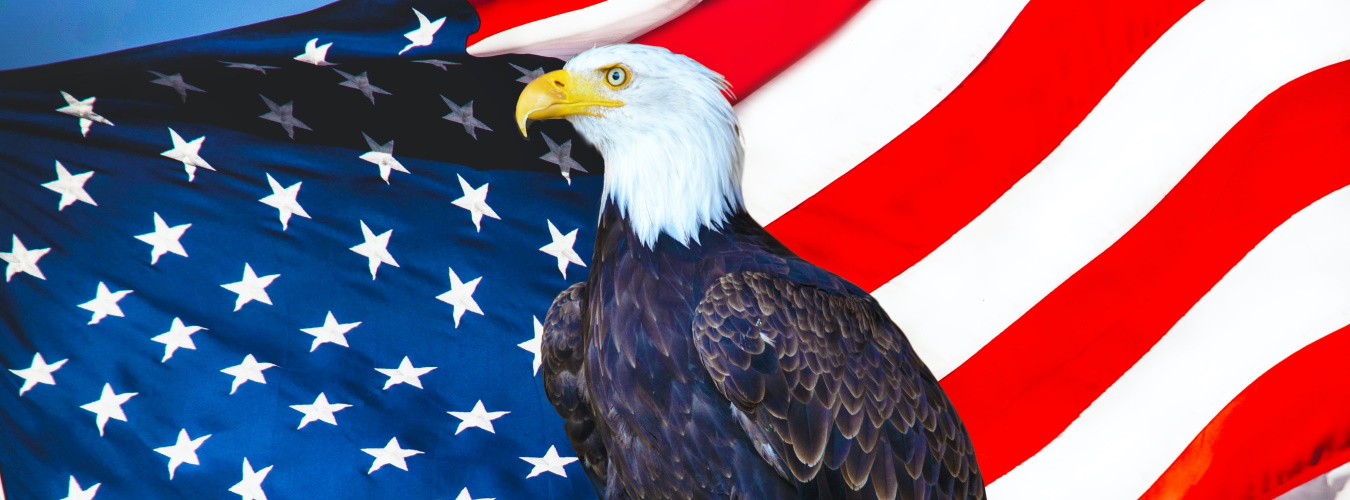Small groups of Powersports dealers have been forming for at least 22 years. In 1999, America’s PowerSports was formed by Wind Point Partners, and I was an employee at their first acquisition, Woods Fun Center. Since then, other groups have expanded and contracted along with the economy. Some have been more successful than others. Over the weekend, it was announced that RideNow and their 46 dealers were going to be acquired by RumbleOn, funded by Oaktree Capital. Essentially, this is the first time that Powersports retailers will be part of a public company (there have been some other small tie ins to auto groups), and there are lots of lessons that will be learned in the process.
If you would like to read the article that broke this story, here is the Bloomberg link. https://www.bloomberg.com/news/articles/2021-03-13/rumbleon-is-said-to-reach-deal-for-ridenow-powersports-chain
So, what are the pros and cons of publicly held Powersports retailers? Here are my thoughts.
Pros
- Many areas of the country have too many dealers for the amount of available business in those markets, and there are plenty of willing sellers. However, for years, there has been a lack of buyers. With clean showrooms and warehouses, now there might be a viable exit strategy for dealers who are ready to retire.
- The industry has long been fractured both on the OEM front and on the dealer side. The OEMs have not wanted to work together to improve the industry, and no single dealer carried enough weight to drive this change. Now, this might be a possibility.
- Technology has long been lacking in our industry. Dealers are incredibly inefficient, having to enter customer data into multiple portals, all to complete a single transaction. Improvements for a large group of dealers will trickle down to everyone else.
- Dealership valuations could improve. The primary valuation of many dealerships is the facility and the property it sits on, with the brands and the business opportunity adding little to the enterprise value.
- Margins for Powersports products could improve. Investors are going to want to see solid returns on their investment. This will not happen if dealerships are giving product away.
- With more opportunities for advancement, the industry could attract more talent. People who are looking for career positions, not just jobs.
- Additional money could be available for consumer financing. Much of HD’s success has been driven by their ability to collateralize consumer loans that are then sold off to Wall Street.
Cons
- The Powersports industry is essentially a luxury industry, we sell “want to have” goods, not “got to have” necessities. Investors like to see consistent growth and returns, and are not interested in excuses about why that is not happening. Any kind of a market correction could see these larger organizations taking drastic actions as they prepare to weather an industry downturn.
- If the OEMs choose to favor larger organizations, this could result in a worsening of the current supply side problems we are dealing with. Manufacturers could easily be in the position of picking winners and losers.
- The Powersports industry has been able to slide under most of the regulatory agencies. More exposure means a higher likelihood of increasing regulations that impact how dealers operate.
- If Powersports dealers begin to transition to the auto model, where cars are just a commodity and a majority of the profits are made on financing and in the fixed operations department, then the industry could see widespread erosion of margins. We still operate in an industry where we can make money on the products that we sell. That could quickly change.
Last year was a year like no other. 20%+ growth is not the norm, and it is unlikely we will ever see something like that happen again. Has the industry earned a new contingent of consumers, or did we just rent them during the pandemic? Was 2020 the new baseline, or will the business return to normal? This new venture is occurring when the industry is at its peak 21st century valuation. Buying high means that the investors feel there is more upside, but timing the market is tough.
I think there are going to be two key components to the long term success of this venture.
- Do the OEMs embrace this model and fully support it, or do they push back. They can make the process of acquiring additional dealers arduous and painful, and the OEMs have the leverage of controlling the supply of inventory.
- How long does the market hold up to all the pressure being applied to it? We still have a long way to go before the pandemic is in the rear-view mirror, and our country’s deficit spending is bound to have serious long term impacts on the future of our country. When Social Distancing is no longer the norm, will a motorcycle or ATV still be something consumers are willing to purchase?
Only time will tell as to how this plays out. I still see Powersports as an industry where relationships are key to each dealership’s success. Many consumers enjoy the fact that they can walk into their local dealership in order to talk with the owner, and that the team knows them by name. Take that away, and many of those customers might choose to spend their discretionary dollars elsewhere.
#RideNow #RumbleOn #OaktreeCapital #Investment #Powersports

